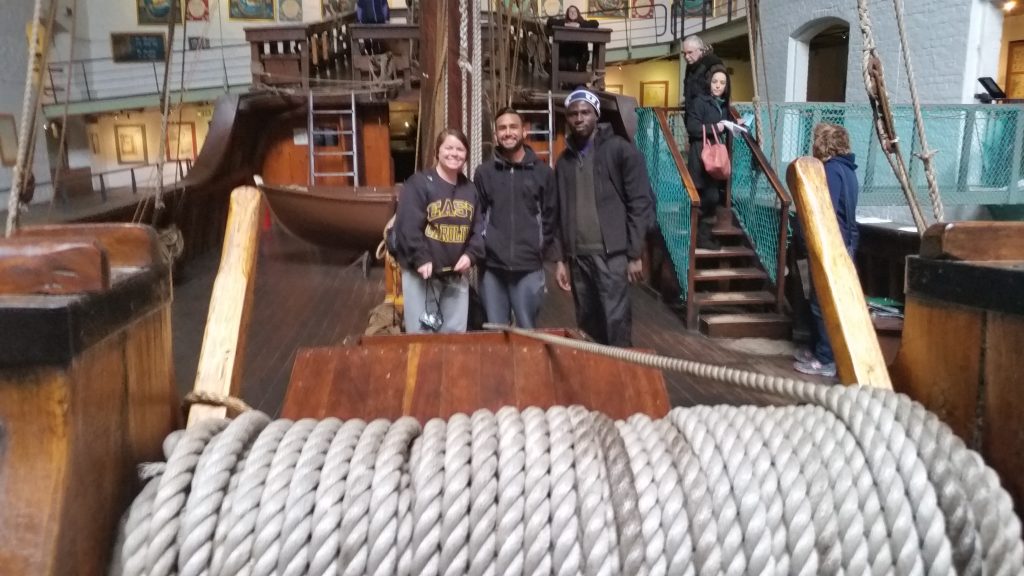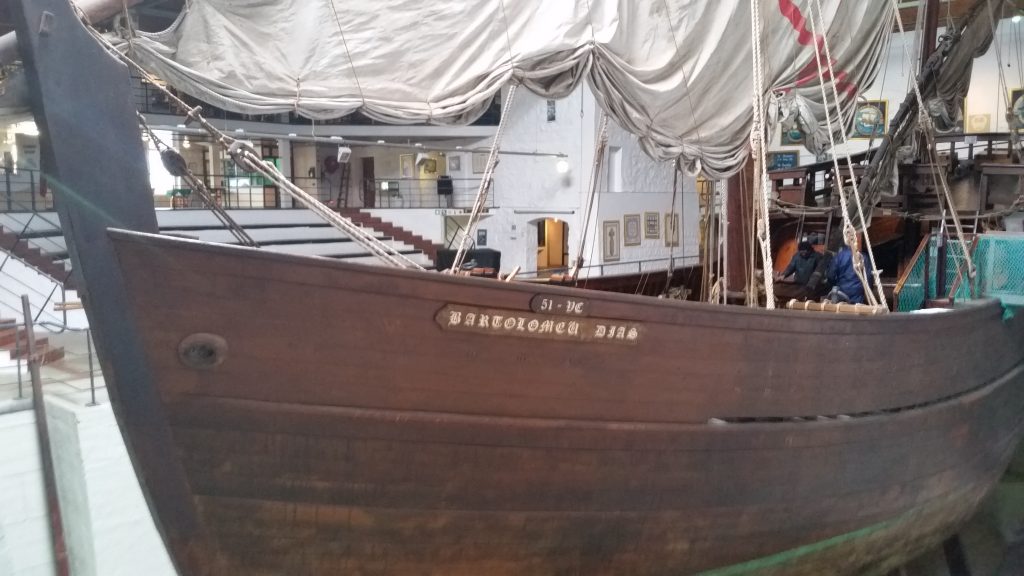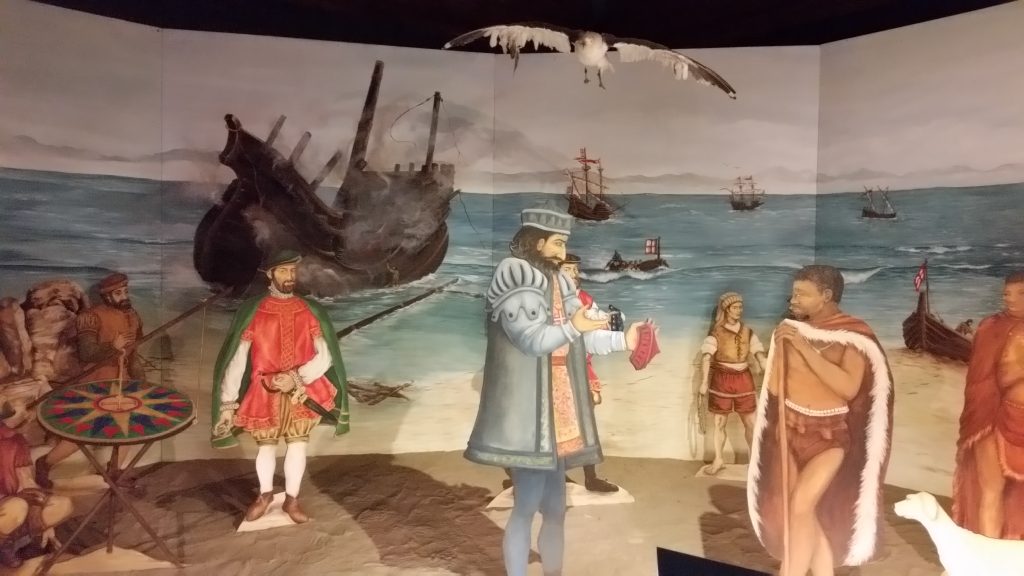We visit four museums (four are maritime in theme) these include:
IZIKO slave lodge museum http://www.iziko.org.za/museums/slave-lodgeThe Slave Lodge is one of the oldest buildings in Cape Town. The many names of the building over three centuries – Slave Lodge, Government Offices Building, Old Supreme Court, and SA Cultural History Museum – reflect the long and rich history of the building.In 1998 this museum was renamed the Slave Lodge. Under the umbrella theme, ‘From human wrongs to human rights, exhibitions on the lower level of this museum explore the long history of slavery in South Africa. Through our changing, temporary exhibitions address issues around and raise awareness of human rights.’
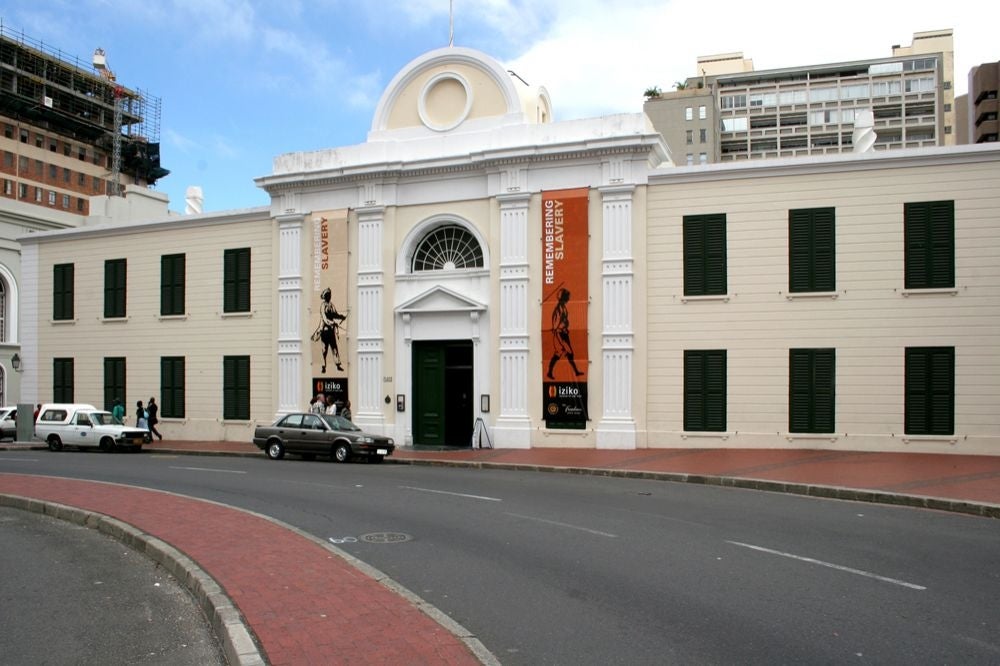
IZIKO Maritime Museum http://www.iziko.org.za/museums/maritime-centre
The Iziko Maritime Centre features an overview of shipping in Cape Town, and the earliest existing model of Table Bay harbour, completed in 1885 by prisoners and warders of Breakwater Prison, forms part of the exhibitions.
Images depicting Table Bay from the 17th to 20th Century give an idea of the development of the harbour.
There is a collection of ship models and objects associated with shipping in Cape Town, in particular the era of mail-ships. Large and medium-sized images support the exhibitions, with the emphasis on the Union-Castle Line.
A key part of this resource centre is the John H Marsh Maritime Research Centre. The Marsh collection consists of various collections including an important archive of nearly 20 000 photographs, depicting 9 200 ships dating from the late 1920s to the early 1960s. It also has an online service for the answering of queries regarding the ships and for ordering images of these ships.

Simons Town Museum http://www.simonstown.com/museum/stm.htm
The Simon’s Town Museum records and preserves all aspects of the history of the Simon’s Town community and portrays the vibrant past of this small, maritime port, whose position on The Cape Sea Route, resulted in a history which is intertwined with that of many nations around the world.In the late 1800’s and early 1900’s, a large number of Jewish people, mainly Lithuanians, settled and opened businesses in Simon’s Town, becoming prominent members of the community.In addition, there were small numbers of Philippinos who settled in Simon’s Town in the 1800’s. They were mostly sailors or fishermen.
Centuries of intermarriage and social interaction in Simon’s Town created a very culturally diverse community, whose history and heritage must be UNIQUE in South Africa, if not the world! Simon’s Town was declared a White Group Area on 1 September 1967 and the subsequent Forced Removal of the people of colour irrevocably destroyed the multi-cultural fabric of Simon Town society. Families were literally split as some were removed and some were able to stay in the town – all based on the colour of their skins.
In order to preserve the heritage of the Simon’s Town community, the Simon’s Town Museum initiated Project Phoenix in 1996. A committee representative of those forcibly removed from the town was formed to assist the Museum to gather and record the history of Simon’s Town’s dispossessed people.Phase One of Project Phoenix was completed in September 1997 when a permanent exhibition of photographs and documents showing the town, its people and the results of the Forced Removals was opened. Phase Two is underway and the Museum and the Project Phoenix Committee is collecting material for displays on the Artists, Poets, Writers, Dancers, Societies, Sports, Entertainers and Achievers of Simon’s Town.
An icon in Simons town and a personality that features prominently in the museum is JUST NUISANCE THE GREAT DANE. At an early age, the pup was sold to a Benjamin Chaney who moved to Simon’s Town to run the United Services Institute (USI). The USI was frequented mainly by the Royal Navy sailors – The Royal Navy at that time being in charge of the Simon’s Town Naval Base. This Great Dane soon grew to be a massive dog and it was here in Simon’s Town that he was to become a legend. At an early age, the pup was sold to a Benjamin Chaney who moved to Simon’s Town to run the United Services Institute (USI). The USI was frequented mainly by the Royal Navy sailors – The Royal Navy at that time being in charge of the Simon’s Town Naval Base. This Great Dane soon grew to be a massive dog and it was here in Simon’s Town that he was to become a legend.
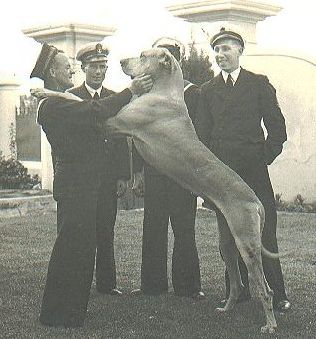
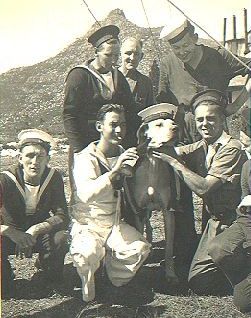
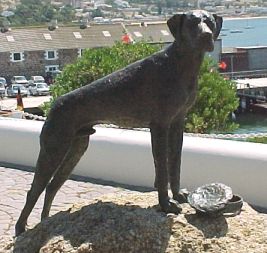
SA Naval Museum http://www.simonstown.com/navalmuseum/index.htmThe SA Navy Museum is housed in, and around, the original Dockyard Magazine/Storehouse (1743/44) which, from 1810 when the Royal Navy moved its headquarters from Cape Town to Simon’s Town, was extended to become the three-storey building it is today.

Throughout the years it served ships as a Magazine and Storehouse and also as a:
Masthouse, handling masts some 36 metres long;
Sail Loft;
Boat Shed;
Rigging Shop;
Store for a Rocket Wagon and Life saving Apparatus; and,
as St. George’s Church.
The SA Navy Museum collection, which is continuously being
expanded, includes:
Ship and Submarine models;
a life-size Ship’s Bridge;
a life-size Submarine’s Operations and Control Room;
Naval Guns;
Torpedoes;
an Anti-Submarine Mortar;
Sea Mines;
Mine-sweeping equipment;
Diving equipment;
Naval Small Craft;
Naval Uniforms;
Portraits of Naval Personnel;
The South African Training Ship ‘General Botha’ collection; and Much more.
The SA Naval Museum is a part of the South African Navy and is staffed by Naval Personnel and civilian volunteers. The Museum is supported, both financially and materially, by the South African Naval Heritage Trust and its Society.
Dias Museum http://diasmuseum.co.za/
The Bartolomeu Dias museum complex was officially opened on 3 February 1989, however the Mossel Bay museum industry can be traced back to the 1960’s when the Mossel Bay museum was first opened. The museum later became known as the Post Tree museum complex before being renamed again in 1989.
The Dias Museum Complex is situated near the beach, shops, restaurants, banks and the tourist information center. Inside the Maritime Museum is a shop where postcards, stamps, books, souvenirs and small gifts can be bought. On the grounds of the Dias Museum Complex are mountain tortoises, ducks and museum cat. In the Granary there are conference facilities available for 48 people or if used in cinema style, seating for up to 100 people. Catering can be arranged. Mail from the shoe is collected twice a day (once a day out of season) by the Post Office. Whales can be observed from the museum grounds during June to November.
The Granary
A live speciman table with examples of plants and flowers found in the Mossel Bay area on display in the granary. Bartolomeu Dias – the master mariner after which the Mossel Bay Museum Complex is named, was the first explorer to set foot on South African soil here in Mossel Bay on 3 February 1488.
The Shell Museum
This structure was erected in 1902 next to the Post Office Tree as an extension to the old mill and was mainly used as a store. In later years Mr. Joe Shirley used the building for his plumbing business, after which it became known as the “Shirley Building”.
The Post Tree
In 1500 Pedro de Ataide, Commander of one of Cabral’s ships, on his return journey from the east, left a letter of importance in a shoe or iron pot under or near a large tree.
Botanical Garden
The Braille trail makes it accessible to visually-impaired people so that they can read about, feel and smell the wonderful collection.
The Fountain
Dias named the fresh-water spring “Aguada de São Bras” (watering place of St Blaize).
The Munrohoek Cottages
The first building was built around 1830 by Alexander Munro from Scotland for £25.
The Malay Graves
This site was discovered in 1968, not far from the Post Office Tree.
The Field Garden
The valley and beach adjacent to the museum complex is today known as Munro’s Bay.
